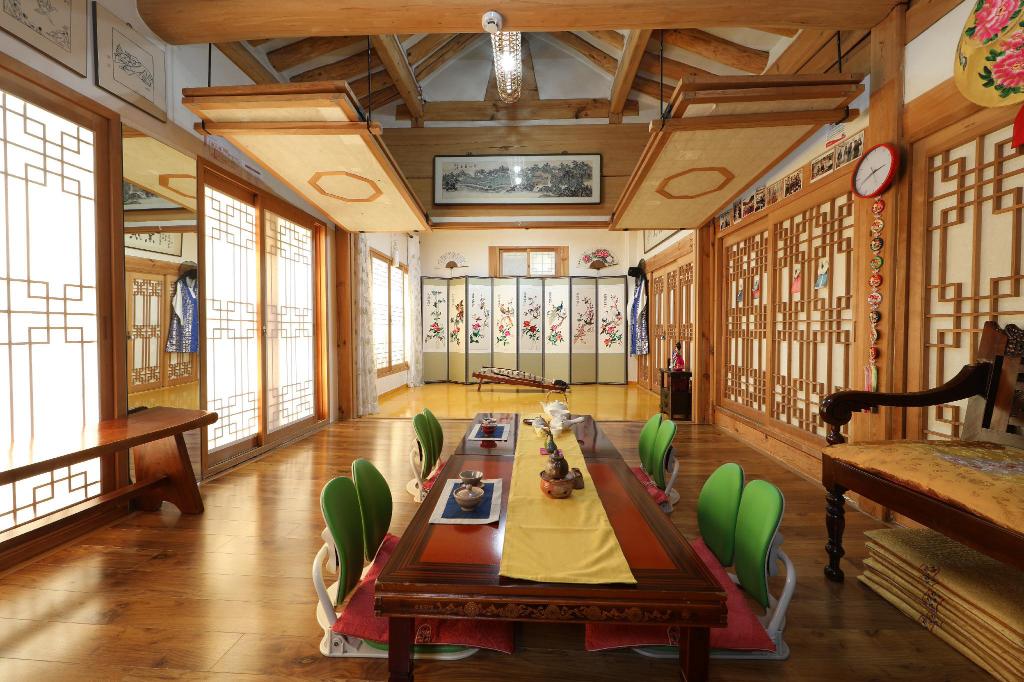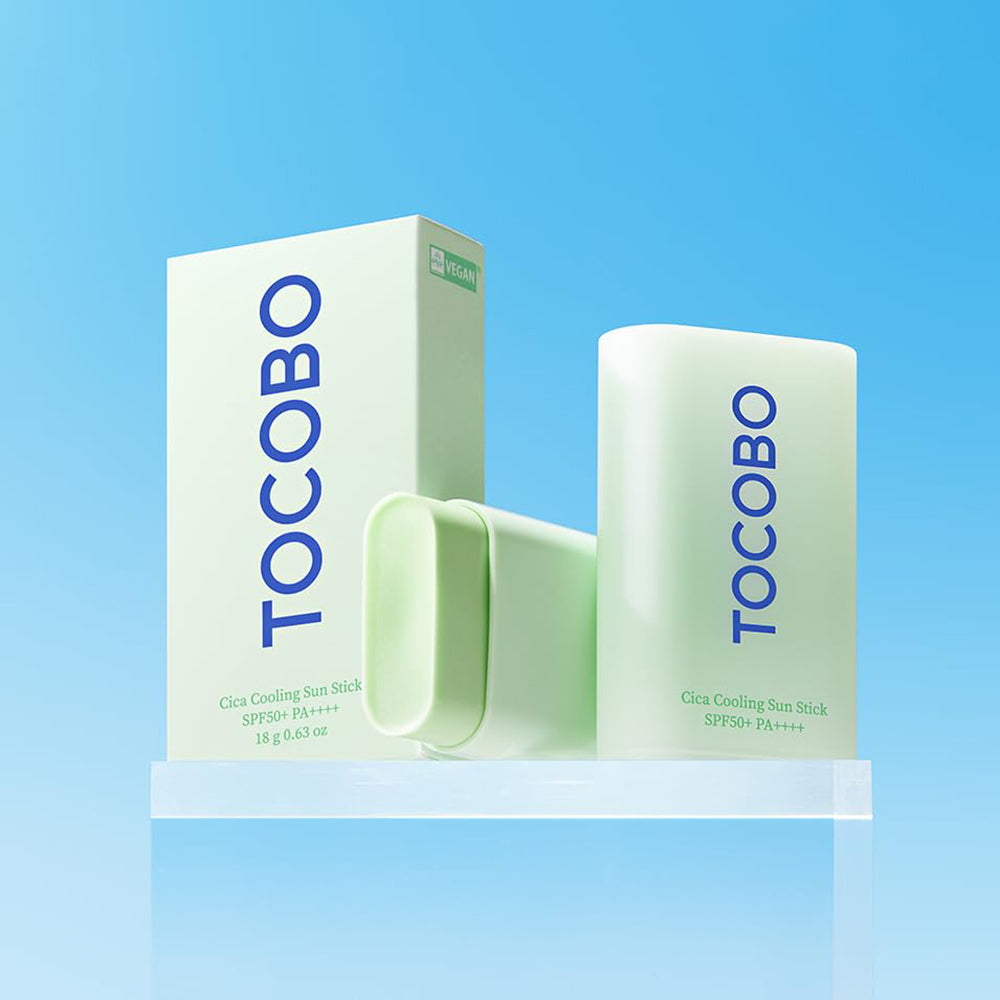Step Back, Rewind and Visit Hanok
South Korea’s most populated city, Seoul is filled with skyscrapers, apartments and other contemporary buildings. But shall we backtrack and take a look at the traditional houses that Koreans lived in during the 14th century? These traditional houses are known as ‘Hanok,’ the literal translation is Korean houses, and were first built during the Joseon Dynasty. Hanok isn’t just a house built in Korea during the Joseon Dynasty. It was, and still is considered an art piece that integrated the essence of nature in literally every aspect.
 Lucasartor
Lucasartor
The ideal Hanok was based on the principle, baesanimsu, where the house would be built with a mountain in the back and a river in the front. As we can imagine from this principle, houses were built with the consideration of the beauty of the environment around them with thought to the land and season. Unlike the many distractions that we get as we step outside the house now, hanok was not just a house but a sanctuary for healing and peace. It’s said that the Joseon people would write poetry inspired by the picturesque scenery and the sounds of nature and post it on the pillars of the Hanok. So yes, the hanok was a living space that captured the natural environment on the outside but what about the interior of the Hanok?
It’s fascinating to see how Hanoks are built and shaped differently depending on the region's climate. In the northern regions of Korea where it is a lot colder, Hanoks are built in a square with a courtyard in the middle to retain heat and block wind flow, whereas, in the southern regions where it’s hotter, Hanoks are L-shaped thus, more open. This whole concept directly shows the thought-out process that was completed for the residents to live comfortably while limiting the little energy consumption that they would have.
Not only was the surrounding environment an important feature of Hanoks but internally the Hanoks were made using natural materials such as wood, timber, and rock. These raw materials don’t cause pollution and make Hanok 100% biodegradable! It also allowed the house to be adjustable, where walls could be raised to make the open-plan rooms smaller or larger to accommodate each person. An important ideology of Hanok was the gathering of people. Bedrooms were built comparably smaller to allow each individual to come together more often in the ‘daecheong,’ the living room, instead. This encouraged the family to spend more time together as one. There were also rooms that served different purposes for each member of the household. ‘Sarangbang’ was a room for the men to study, write poetry, and other leisure activities. The women had a room called ‘anbang,’ where it was connected to the kitchen and is known to symbolize the women of the household. Hanoks was truly a living space that suited each individual!
 Agoda
Agoda
We can all agree that Hanok’s are truly mesmerizing, right? With it not just being a home but part of a beautiful landscape and having the ability to bring people together, it brought a lot of inner peace to the people of the Joseon Dynasty. Well, these concepts have been an inspiration to many buildings all over the world!
The most famous one would be by Frank Lloyd Wright where he took inspiration from Hanoks floor-to-roof windows for his Usonian houses in order for residents to really feel the presence of nature around them. The bedrooms were also made small for people to gather in the larger living room. It makes us proud that Hanoks, which withholds so much meaning, is a piece of South Korea’s history and has inspired many around the world.
 Australia Design Review
Australia Design Review
But if we truly want to see and feel the essence of Hanoks, of course, it’s Jeonju Hanok Village in the motherland itself. This village is located in Jeonju, a city in South Korea and it contains over 800 Hanoks to truly experience the living style during the Joseon Dynasty. A definite must-visit to really feel serenity especially, in contrast to the bustling atmosphere that the rest of South Korea has to offer!
 blog.mykoreatrip.com
blog.mykoreatrip.com
Hanoks are such an important part of traditional Korean history that has so much meaning to us and the people during the Joseon Dynasty times. It definitely has made us see what is important especially when we are at home most of the days. Let’s all take a step back and pace ourselves. Let’s take the ideas of Hanok and enjoy the presence of the people and environment while we are at home to de-stress and heal!


























Leave a comment